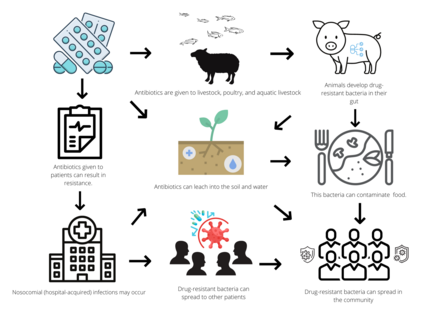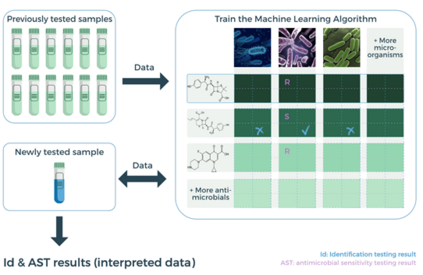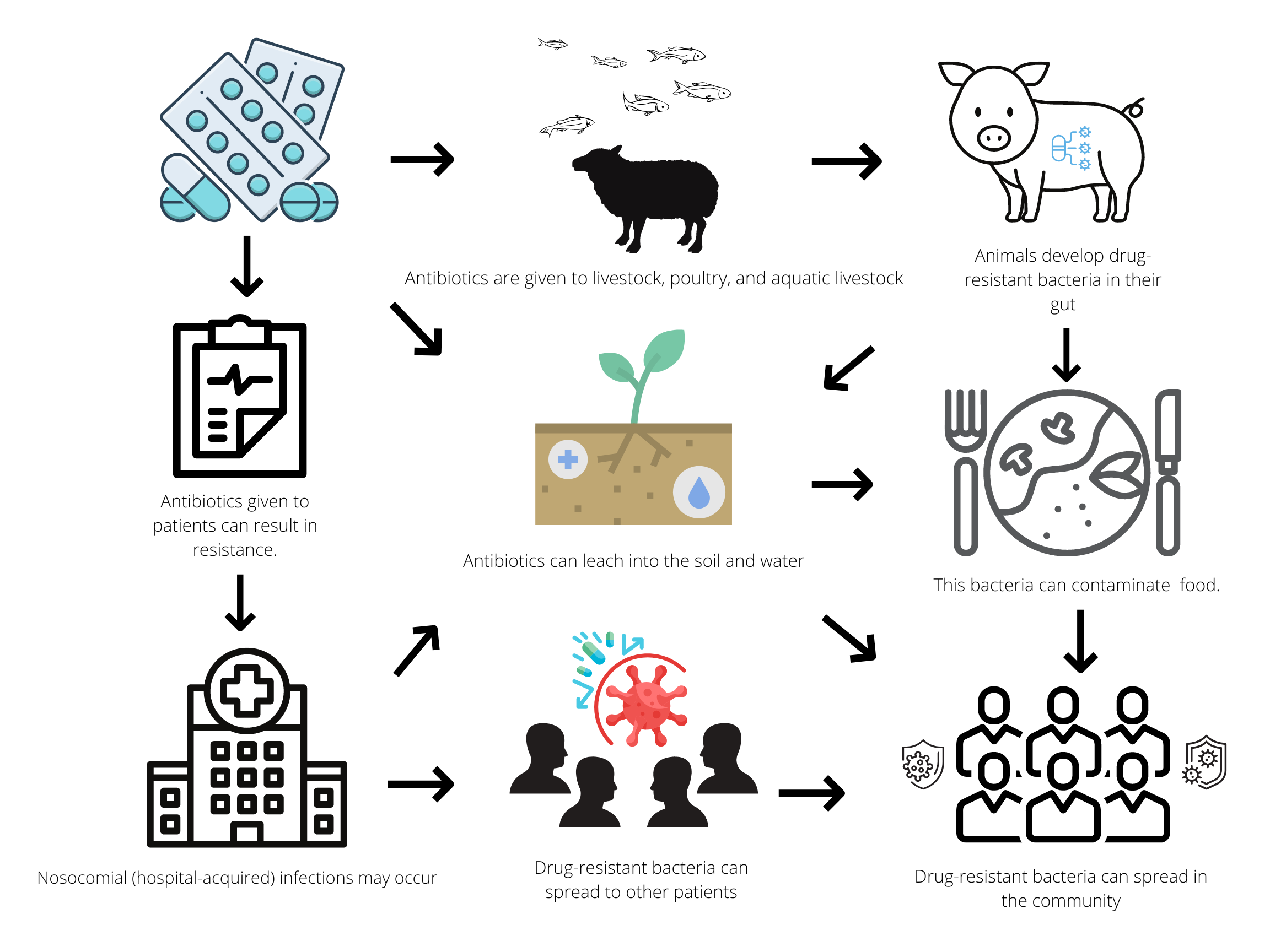
Antimicrobial resistance (AMR) is a growing public health threat, estimated to cause over 10 million deaths per year and cost the global economy 100 trillion USD by 2050 under status quo projections. These losses would mainly result from an increase in the morbidity and mortality from treatment failure, AMR infections during medical procedures, and a loss of quality of life attributed to AMR. Numerous interventions have been proposed to control the development of AMR and mitigate the risks posed by its spread. This paper reviews key aspects of bacterial AMR management and control which make essential use of data technologies such as artificial intelligence, machine learning, and mathematical and statistical modelling, fields that have seen rapid developments in this century. Although data technologies have become an integral part of biomedical research, their impact on AMR management has remained modest. We outline the use of data technologies to combat AMR, detailing recent advancements in four complementary categories: surveillance, prevention, diagnosis, and treatment. We provide an overview on current AMR control approaches using data technologies within biomedical research, clinical practice, and in the "One Health" context. We discuss the potential impact and challenges wider implementation of data technologies is facing in high-income as well as in low- and middle-income countries, and recommend concrete actions needed to allow these technologies to be more readily integrated within the healthcare and public health sectors.
翻译:抗微生物抗药性(AMR)是一个日益严重的公共卫生威胁,估计每年造成1 000多万人死亡,根据现状预测,到2050年,全球经济将损失100万亿美元,这些损失主要来自治疗失败、医疗过程中的甲状腺炎感染以及因甲状腺炎而导致的生活质量丧失引起的发病率和死亡率上升。许多干预措施都是为了控制甲状腺炎的发育并减轻其传播造成的风险。本文件审查了细菌甲状腺炎管理和控制的关键方面,这些方面对数据技术的使用至关重要,如人工智能、机器学习、数学和统计模型等,这些方面在本世纪已出现迅速发展。虽然数据技术已成为生物医学研究的一个组成部分,但它们对甲状腺炎管理的影响仍然不大。我们概述了数据技术用于防治甲状腺炎的使用情况,详细说明了最近在四个互补类别上的进展:监视、预防、诊断和治疗。我们概述了目前在生物医学研究、临床实践和“一体健康”背景下使用数据技术的甲状腺炎控制方法。我们讨论了数据技术在高收入和中收入国家内推广这些具体行动的潜在影响和挑战。






















